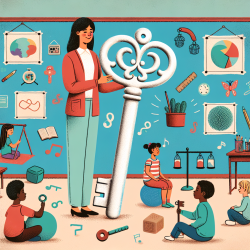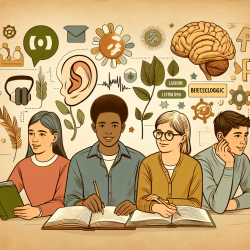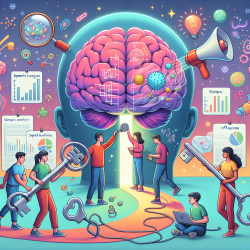In today's diverse classrooms, teachers often encounter students with unique sensory needs. Sensory Processing Disorder (SPD), sometimes referred to as Sensory Integration Dysfunction, affects how children process sensory information from their environment. This can impact their learning, behavior, and ability to interact with others.
Understanding Sensory Integration
Sensory integration is the process by which our brains organize and interpret sensory information from our bodies and surroundings. This includes not just the five traditional senses—sight, sound, touch, taste, and smell—but also balance (vestibular sense) and body position (proprioception).
For most children, these processes occur naturally and seamlessly. However, for those with SPD, the brain has difficulty processing these inputs effectively, leading to challenges in everyday activities.
Recognizing Sensory Processing Disorder in the Classroom
- Overly sensitive: Children may be easily overwhelmed by noises or textures that others find normal.
- Under-reactive: Some may seek out intense sensory experiences or seem oblivious to stimuli that should elicit a response.
- Coordination issues: Difficulty with motor skills can affect tasks like writing or participating in physical activities.
- Behavioral concerns: Impulsivity or withdrawal might be observed as children struggle to cope with their sensory environment.
Tools and Strategies for Teachers
Occupational therapists like Stacey Szklut and Carol Kranowitz have developed practical tools to help teachers support students with SPD. These resources include checklists and activity ideas that can be integrated into classroom routines.
Classroom Accommodations
- Create quiet corners where children can retreat to regroup when overwhelmed.
- Minimize visual clutter and auditory distractions in the classroom environment.
- Use predictable schedules to help students anticipate changes in routine.
- Incorporate "movement breaks" to help children regulate their energy levels.
Sensory Activities
- Provide opportunities for heavy work activities like carrying books or pushing carts to improve focus and regulation.
- Allow access to fidget tools during lessons to aid concentration without causing disruption.
- Use music or rhythmic activities to create a calming atmosphere conducive to learning.
Collaboration is Key
The successful integration of children with SPD into mainstream classrooms requires collaboration between teachers, parents, occupational therapists, and other professionals. By working together, educators can create supportive environments that enable all students to thrive.
For more information on sensory integration and practical tools for educators, please follow this link.










